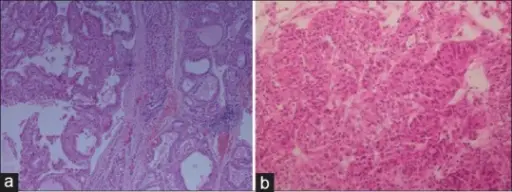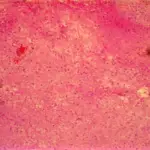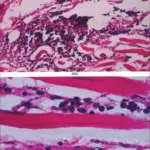Graves disease is an autoimmune disorder of the thyroid gland associated with the swelling of the neck, and protrusion of the eyes called exophthalmos.
What is the Pathology of Graves Disease?
The pathology of Graves disease is production of IgG directed against the thyrotropin receptor, stimulation of the receptor causes the autonomous production of thyroid hormone.
How does Graves Disease Present?
Graves disease presents with a goiter, weight loss, heat intolerance, tachycardia, sleep disorder
How is Graves Disease Diagnosed?
Graves disease is diagnosed by physical examination, thyroid function test, radioactive iodine uptake test, ultrasound, and blood tests.
How is Graves Disease Treated?
Graves disease is treated with radioactive iodine therapy, beta blocker medications, anti-thyroid medications, and vitamin D rich foods.
What is the Prognosis of Graves Disease?
The prognosis of Graves disease is good with proper treatment.



